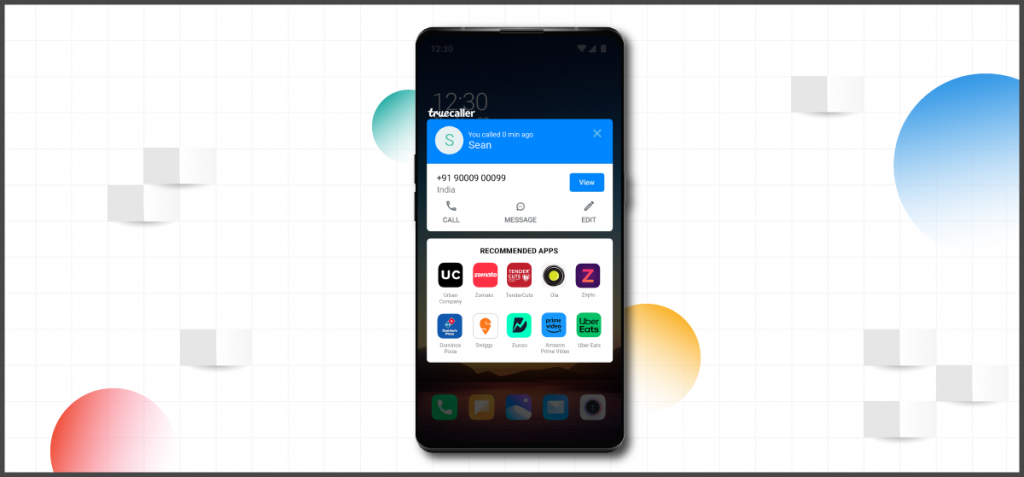I want it here and I want it now! On-demand apps are big business in the app world right now.
The on-demand economy has experienced staggering growth over the past decade and it’s showing no sign of slowing down: research from PwC estimates that the global on-demand market will soar to reach a whopping $335 billion by 2025, up from $106 billion in 2017.
Consumers’ appetites for having everything they want when they want it have been growing for some time, but Covid-19 accelerated this behavior pattern: so many people were stuck at home, unable to go out and get products and services for themselves, and the on-demand app economy answered their prayers.
At the same time, advances in mobile technology and increased affordability of devices have led to a global surge in mobile usage.
Now, on-demand apps are here to stay, and as we embrace the convenience they offer, the choice of apps is expanding exponentially.
So what is an on-demand app?
On-demand apps are any app that offers an “immediate” service or product that is just a tap away.
For services that are not instantly available in-app, or products that must be delivered, delivery or availability within a few hours also counts as “immediate” in this context.
The on-demand app verticals seeing the biggest growth are:
- Food & Drink
- Groceries
- Travel/Transportation
- Dating
- Chores/home services
- Flowers/gifts
- Healthcare
- Petcare
- Products (with same-day or even hour-by-hour shipping, pretty much any product can be available via on-demand mechanics).
While on-demand apps initially saw huge growth in urban communities, on-demand services have now become ubiquitous, catering for a broad spectrum of users across suburbs and rural areas.

This has been aided by the growth in adoption of mobile technology beyond major urban centers, enabling consumers everywhere to access and request services on the go.
Why are on-demand apps so popular?
A survey by Clutch found that 60% of consumers use on-demand services because they are convenient, while 23% use them because they save time.
Statista also carried out a survey that found that the most popular reasons for using on-demand apps are time-saving (56%) and convenience (49%).
A key advantage of on-demand apps for consumers is that they enable greater access to goods and services, especially for those who live in areas with limited options or those with mobility issues.
Interestingly, on-demand apps are popular across generations, with a study by Salesforce revealing that 70% of millennials, 60% of Gen Xers, and 52% of baby boomers have used on-demand services.
For companies, on-demand apps make sound business sense, with a report by PYMNTS finding that users of on-demand apps spend more than those who don’t use them. For example, on-demand app users spend an average of $56 per month on food delivery, compared to $39 for non-users.
Another advantage of on-demand apps for businesses and consumers alike is their cost-effectiveness: the need for physical storefronts is eliminated, thereby reducing overhead costs, and allowing for greater price transparency and competition.
Some of the key features of on-demand services include real-time tracking and updates, flexible payment options, and personalized service based on the customer’s needs and preferences, making them highly attractive to the modern consumer.
How do you get your on-demand app to the front of the crowd?
So we know that on-demand apps are becoming increasingly popular and the number of on-demand apps available is in continual growth.
It’s a tough task to get your on-demand app at consumers’ fingertips when they come to order their next takeaway meal, book a taxi, or order a grocery delivery.
But there is a way to boost your chances: through on-device app recommendations facilitated by discovery platforms such as Appnext.
Appnext’s patented ‘Timeline’ technology analyzes behavioral patterns and intentions and displays recommendations that are personal and contextual according to the user’s needs throughout their day.
So if, for example, a mobile user has been searching for food delivery or groceries on-demand, recommendations for other similar apps can be shown. Similarly, if a user is searching on their mobile device to find out how to get from A to B, recommendations for on-demand transportation apps can be shown.

Through Appnext’s AI-powered technology, app marketers can target specific audiences for their campaign based on parameters such as device model, location, age and gender.
What’s more, they can access a vast audience of mobile users thanks to Appnext’s partnerships with leading mobile carriers and Android manufacturers such as Oppo, Vivo, Samsung and Xiaomi, which have a combined worldwide market share of 48%.
Certainly, with Appnext on your side, your on-demand app will soon be converted to an ‘in-demand’ app.




Comments are closed.